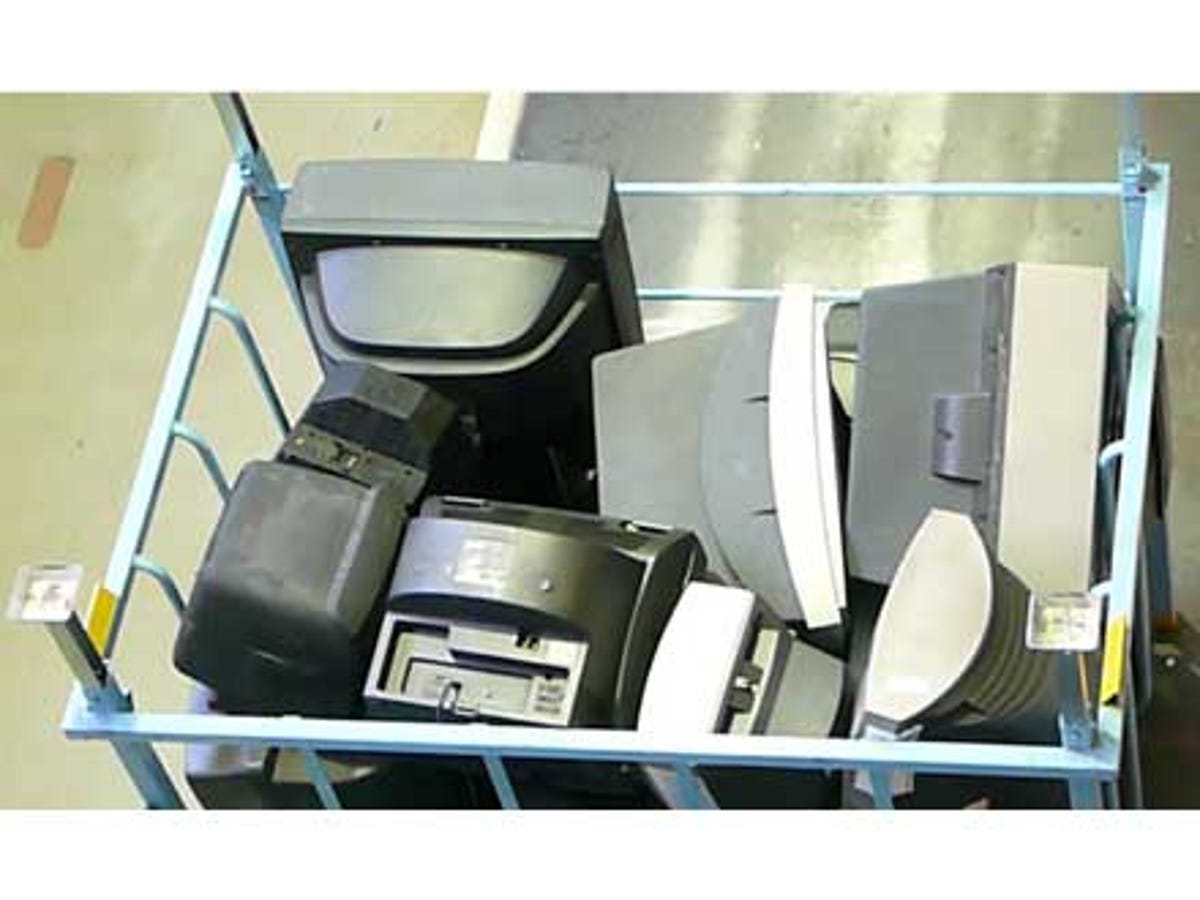Return and reuse: How Japan recycles televisions and other appliances
Australians are slowly jumping aboard the environmental bandwagon, but in Japan, a law mandating the recycling of home appliances is already six years old.

Australians are slowly jumping aboard the environmental bandwagon, but in Japan, a law mandating the recycling of home appliances is already six years old.
In 2001, the Japanese government enacted a law mandating that televisions, refrigerators and freezers, washing machines and air conditioners be recycled, as these appliances account for 80 percent by weight of the country's electronic equipment waste.
The responsibility for the system is split between two groups of manufacturers, who collectively operate 380 collection points around the country that feed 46 recycling facilities. Although the user pays a recycling charge levied by retailers for collection and transportation, the total cost of the program is subsidised by the manufacturers and not the Japanese government.
The Matsushita Eco Technology Center (METEC), in Yashiro, is owned and operated by Panasonic's parent company. In addition to Panasonic products, the centre recycles appliances from over 20 other brands including JVC, LG, Samsung and Toshiba. In the 2006 financial year, METEC recycled 700,000 units. In addition to breaking down used appliances so their raw materials can be reused, METEC conducts research to design new products that will include more recycled components, as well as finding ways to make products easier to recycle once they are no longer wanted.
METEC also serves as an educational centre to promote recycling initiatives for consumer products. In the five years since its opening, METEC has hosted over 48,000 visitors.
Currently only cathode ray tube televisions are recycled in Japan, however the disposal of plasma and LCD televisions is currently being reviewed.

